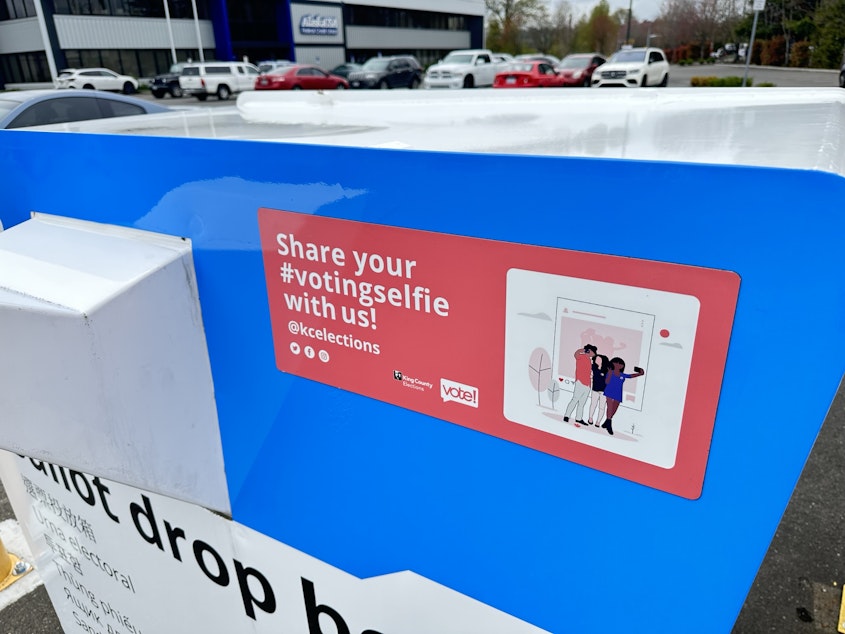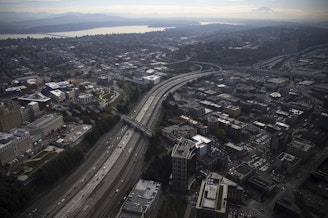The future of Seattle is on the line, but few are expected to vote

Local races that could shape the future of Seattle and other places in King County are on the line as ballots get mailed out Wednesday for the August primary. But turnout is not expected to knock anyone’s socks off.
King County Council elections officials are forecasting only around 35% of registered voters will return ballots. Nothing special, as usual, especially for local primary elections.
“The bar is so low. It's about what turnout was in the 2021 primary election,” said Jake Grumbach, a professor of political science who studies elections and voting at the University of Washington.
Despite the forecast for another round of anemic turnout, there’s still room for some civic pride.
“That’s unfortunately somewhat better than primaries in other states. Washington is a relatively high turnout state,” Grumbach added.
Grumbach said the state’s relatively high turnout compared to other places is because lawmakers have done a better job making it easier to vote in Washington. He cites innovations like vote-by-mail and same-day voter registration.
Sponsored
But Grumbach said there's still a lot of room for improvement compared to other countries.
“The U.S. system of elections, where you have many different elections in odd years for different levels of government is what keeps turnout quite low,” Grumbach said.
In contrast, in many countries all elections are held on the same day. Grumbach said that it focuses the campaign’s messaging and media coverage which, in turn, helps juice turnout.
“So, there's not the staggered elections across different times and months and odd years and even years with some low-level offices, and some elections and some national offices,” Grumbach said.
There have been proposals to make such changes here, but shifting elections to a single voting day in the U.S. would be extremely difficult politically, Grumbach said.
Sponsored
“The bottleneck really is this presidential primary election system, where the early states like Iowa, New Hampshire, South Carolina are not going to give up the power that they have, and the political parties themselves choose how to run their presidential primaries,” Grumbach said.
The month for local election year voting is set here to match the presidential primary election calendar.
In the meantime, Grumbach points to another innovation that’s led to increased turnout in around two dozen other countries: compulsory voting. In Australia, for example, where voting is required, turnout tops 90%.
Democrats in the state Legislature backed a measure earlier this year to make voting compulsory in Washington state, but it failed to get out of committee.
Grumbach also said he expects the move to hold more elections in even-numbered years, as voters in King County decided by ballot initiative last year, will help. Races including King County executive and county council will move to even years starting in 2026.




